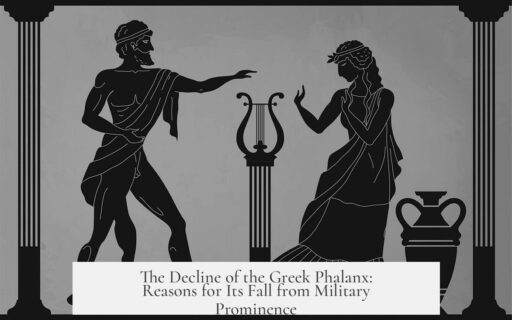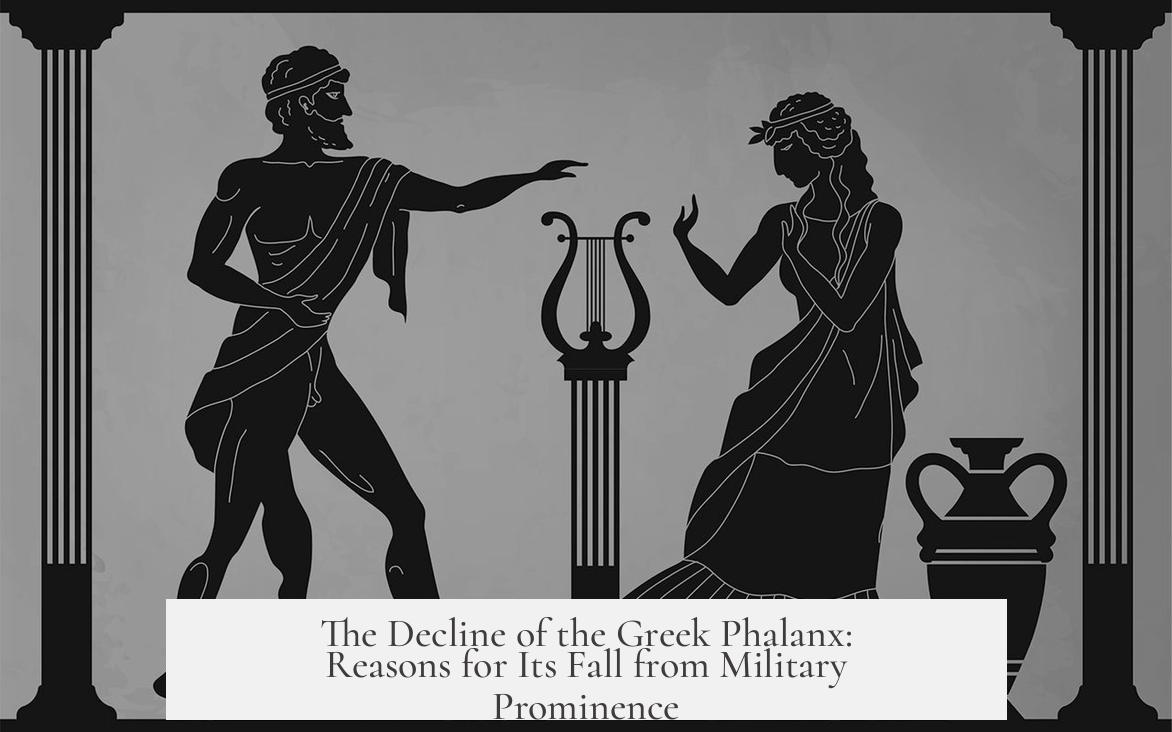The Greek phalanx fell out of style primarily during and after the rise of Macedonian and Roman military innovations. Its decline occurred from the late Classical to the early Hellenistic period, around the 4th to 2nd centuries BCE. This shift happened due to the phalanx’s inherent tactical limitations and the emergence of more flexible and combined arms tactics.
The classical Greek phalanx relied on heavily armored hoplites arranged shoulder-to-shoulder. While powerful in head-on engagements, the formation was rigid and lacked maneuverability. During the Peloponnesian War, enemies such as Thracian peltasts showed that light infantry could exploit the phalanx’s slow responses and flanks. This exposed a key vulnerability: the phalanx could be overwhelmed by more mobile troops.
The Macedonian phalanx refined the formation by incorporating longer pikes (sarissas) and deeper ranks, which provided greater reach and impact. However, the Macedonians did not rely on the phalanx alone. They developed an “all-arms” approach combining heavy and light cavalry, skirmishers, and various supporting troops. This multipronged force offered greater battlefield flexibility than traditional Greek armies, where cavalry was often ineffective.
As warfare evolved, states began to adopt hybrid infantry types such as the theurophoroi, blending pikemen and skirmishers to increase versatility. Still, the arrival of Roman manipular legions fundamentally changed the military landscape. These legions employed smaller, highly maneuverable units arranged in multiple lines, outperforming the phalanx in varied terrain and complex scenarios.
Roman armies introduced superior coordination and flexible tactics, further highlighting the phalanx’s limitations. Battles like Cynoscephalae (197 BCE) demonstrated how Roman manipular forces defeated phalanx formations due to their adaptability and support from cavalry and auxiliary troops. Over time, many Hellenistic armies weakened due to reduced cavalry and insufficient light infantry, making them vulnerable to Roman methods.
Another important factor was troop quality. Classical phalanxes often consisted of citizen militias with uneven training and cohesion. In contrast, Macedonian forces consisted of veteran soldiers with consistent training and unit cohesion. This shift emphasized the importance of professional, well-drilled armies over massed citizen ranks.
| Factors Leading to Phalanx Decline | Details |
|---|---|
| Inflexibility | Phalanx could not maneuver easily. Vulnerable to flanking by light infantry. |
| Macedonian Innovations | Deeper pike formation combined with cavalry and skirmishers. |
| Roman Manipular Legion | Smaller, more flexible units in multiple lines outmatched rigid phalanxes. |
| Troop Composition | Decline in cavalry and support units weakened phalanx-based armies. |
| Professionalism | Phalanx’s militia troops lacked cohesion compared to trained Macedonian veterans. |
- The classical phalanx declined due to poor maneuverability and vulnerability to light infantry.
- Macedonian combined arms strategies enhanced battlefield flexibility, reducing reliance on pure phalanx formations.
- Roman manipular legions introduced adaptable tactics that effectively countered phalanx strengths.
- Reduced cavalry and auxiliary troops further weakened later Hellenistic phalanx armies.
- Consistent training and professional soldiers outperformed citizen militias common in earlier phalanxes.
When did the classical Greek phalanx begin to lose its dominance?
The phalanx’s weaknesses became clear during the Peloponnesian War, notably when light troops defeated heavy hoplites. Its inflexibility made it less effective compared to newer forces emerging in the 4th century BC.
Why did the Macedonian phalanx replace the classical Greek phalanx?
Macedonians combined deeper formations with longer pikes and integrated cavalry and skirmishers. This all-arms approach made their forces far more adaptable and lethal on the battlefield.
How did the Roman legion contribute to the decline of the Greek phalanx?
Roman manipular legions were more flexible and maneuverable. Their tactics and organization overwhelmed traditional phalanx formations, leading some states to adopt Roman-style troops instead.
What role did troop composition and support play in the phalanx’s decline?
The classic phalanx required cavalry and lighter troops to function well. Over time, Hellenistic armies lost this balance, leaving phalanxes vulnerable to more mobile enemies.
Did differences in training and soldier status affect the phalanx’s effectiveness?
Yes. The classical phalanx relied on citizen militias with uneven training. Macedonian forces, by contrast, had professional soldiers in cohesive long-term units, improving battlefield performance significantly.




